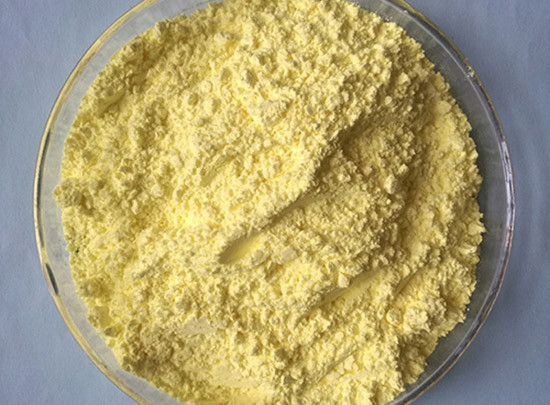

Difference Between Coagulation and Flocculation | Coagulation vs Flocculant Process and Techniques – Pediaa.Com
Coagulation involves the use of a coagulant which has the potential to de-stabilize the previously stabilized charged particles in the suspension. Whereas in flocculation, the de-stabilization is brought about by physical techniques such as mixing of the solution, and also sometimes by the addition of polymers.
A review of nano-based materials used as flocculants for water treatment – Springer.In recent years, the development of nanoparticle materials for water treatment has received great attention. From an industrial technological view point, the application of nanomaterials in the twenty-first century for water treatment will be the focal point of advanced materials design, processing and progress. In this context, the potential utilisation of different types of flocculants to …


Polymers | Free Full-Text | Cationic Lignin Polymers as Flocculant for Municipal Wastewater – MDPI
The radical polymerization of acid-washed and unwashed softwood kraft lignin with [2-(methacryloyloxy) ethyl] trimethylammonium chloride (METAC) was attempted to investigate the production of lignin-based flocculants for simulated wastewater. The incorporation of METAC onto lignin resulted in a cationic charge density (2.3–3.3 meq/g), increased water solubility (89–96% in neutral pH), and …
Polymers for Coagulation and Flocculation in Water Treatment – Springer.4.3 Polymers in Coagulation–Flocculation From the perspective of the chemical composition, the common coagulants used in CF operations can be broadly classi?ed as organic and inorganic based. The inorganic-based coagulants include alum (aluminium The …


A review of Moringa oleifera seeds in water treatment: Trends and future challenges
Water treatment plants use inorganic chemical coagulants such as aluminum and ferric salts and other charged organic polymers for coagulation-flocculation. Although these coagulants are very efficient reducing the particulate and organic loads, they may be expensive to produce, transport and store.
Coagulants and Flocculants for Water Treatment | Veolia WTS.Coagulation and flocculation features & benefits The Veolia approach to providing a solution is to perform an in-depth system audit, incorporating customer needs and full cost analysis. The results of which are used to design a treatment program incorporating Veolia’s coagulant and/or flocculants together with the application and operational recommendations.


Critical review on dewatering of sewage sludge: Influential mechanism, conditioning technologies and implications to sludge re
For example, the polymer with cationic microblock structure of AM and DAC, the novel cationic polyamidine with a ring-like structural unit of five carbon atoms and the flocculant with strong cationic hydrophobic regions have been developed (Chen et al., 2016; 12
Flocculation Fundamentals | SpringerLink.For a polymer coil diameter of 100 nm, characteristic adsorption and flocculation times for the same conditions as Fig. 23 are shown in Table 3. Flocculation Fundamentals. Table 3 Characteristic adsorption and flocculation times for suspension of 1 μm diameter particles at 1015 m?3. Polymer coil diameter = 100 nm.


